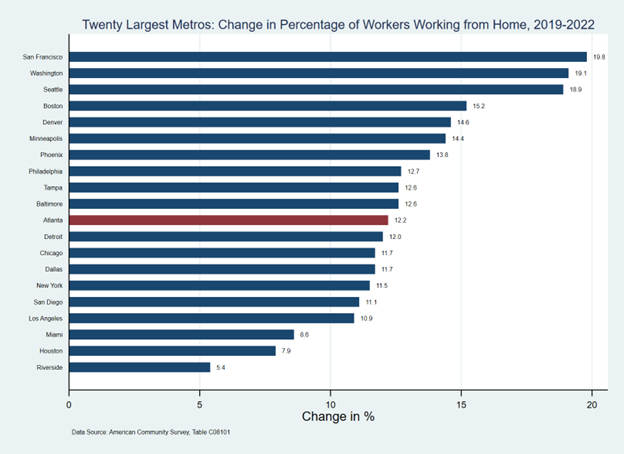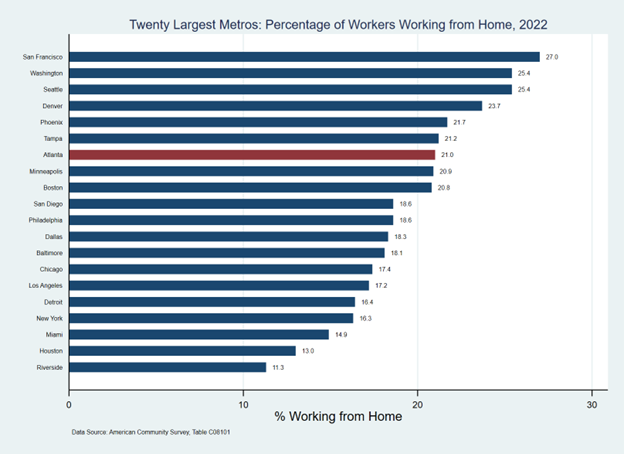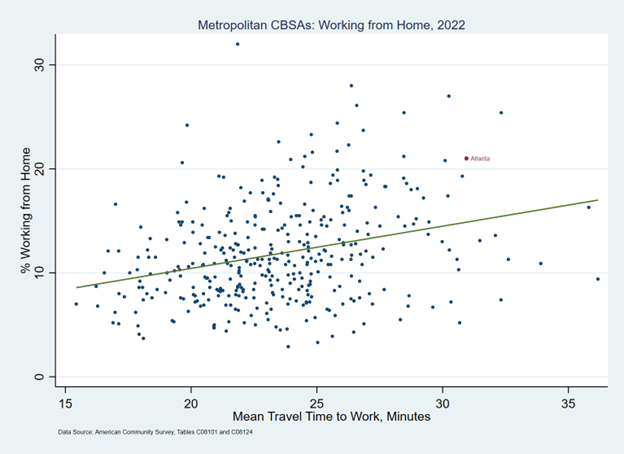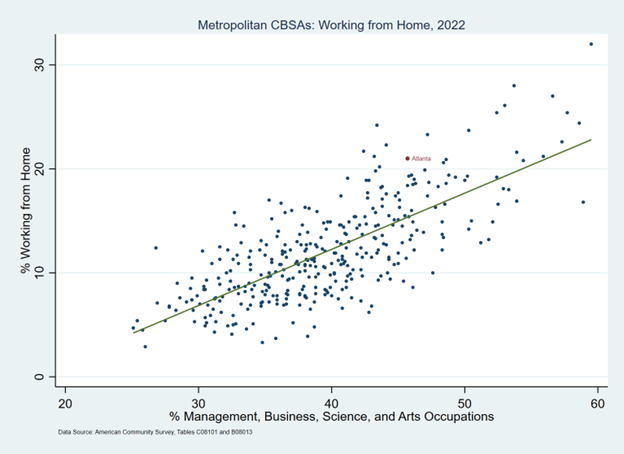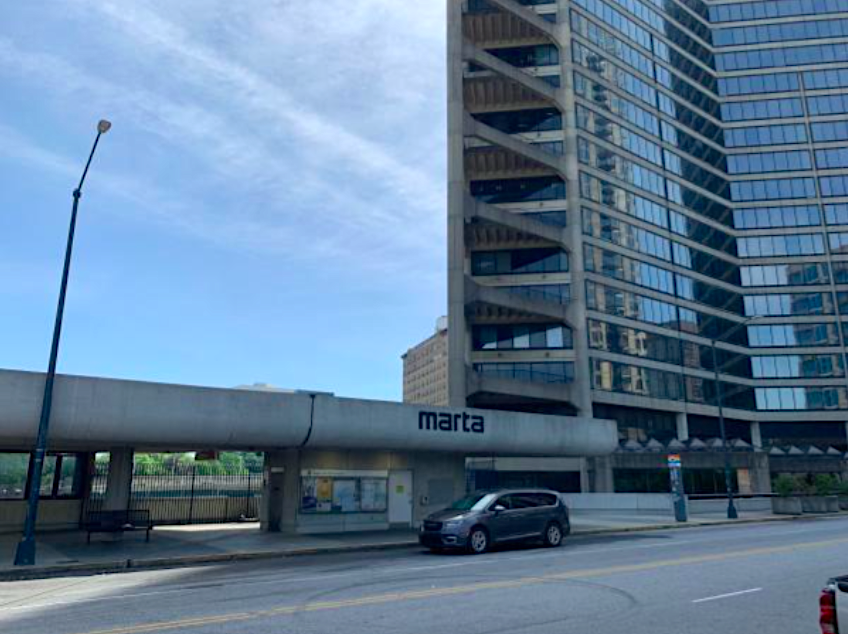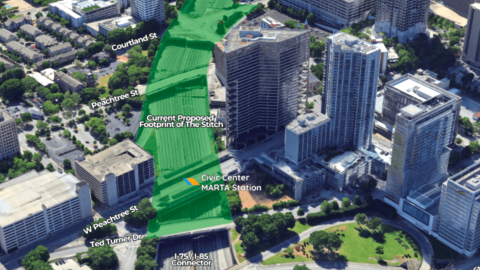The U.S. made remarkable strides in reducing poverty in recent decades, but one group was left behind — working-age adults who aren't raising children.
Why it matters: While key tax breaks and support programs lift a significant percentage of children, parents and older Americans out of poverty, they barely move the needle on this group, finds a striking series of papers from the Hamilton Project at Brookings released Wednesday.
State of play: One out of every two people in the U.S. who live in deep poverty — 50% below the poverty line — is a member of this population.
- More than 70% of the homeless population falls into this group, which totals about 14 million adults aged 18-64, says Robert Greenstein, the founder of the Center on Budget and Policy Priorities and author of one of the papers.
How it works: In his research, Greenstein compares poor working-age adults who aren't raising kids or collecting disability benefits to other groups of poor people, looking at how government programs — and federal taxes — either pulled people out of, or pushed them into, poverty.
- He compared data from the Census and the Department of Health and Human Services from 1970 to 2017, the most recent year with complete data not affected by pandemic-era irregularities.
By the numbers: Back in 1970, federal income tax and payroll taxes pushed more children and working parents below the poverty line than government social programs lifted out — producing a 4% net increase in the poverty rate among children, and an 11% increase among working parents.
- By 2017, that had radically changed: 38% of otherwise poor parents and 44% of children were pulled out of poverty by tax policies and benefits.
- Meanwhile: Only 8% of otherwise poor working-age adults without children were pulled out of poverty by government programs in 2017 — an increase of just 1 percentage point compared with 1970.
The difference makers were new things like the child tax credit, lower income taxes, and, especially, the earned income tax credit, a benefit for lower-income workers meant to stop taxing people into poverty and encourage them to work.
- Single folks, without dependents, obviously don't get a child tax credit —and they also don't see much benefit from the EITC.
- In 2020, the average annual EITC benefit for this group was $295, compared to $3,099 for families, according to CBPP data.
- Stunning stat: About 5 million adults, who aren't raising kids at home, are taxed into poverty or pushed deeper into it, the paper finds
Zoom out: The U.S. appears to be the exception here. Other developed countries do more, per a different paper out Wednesday.
- For starters, these countries have a higher minimum wage. The paper compared poverty reduction efforts in the U.S. to other countries including Canada, the U.K., and the Netherlands, and found that the U.S. is the only one where working full-time at minimum wage doesn't lift you above the poverty line.
Between the lines: There's a strong notion of self-reliance and "bootstrapping" in the U.S. — a tendency to blame poverty on individuals instead of structural circumstances.
- Plenty of policymakers believe that if you're able-bodied and theoretically can get a job, you don't need help and should fend for yourself.
The big picture: About half of this population — poor adults without disabilities or kids — is in the labor force, according to research in a third paper co-authored by Lauren Bauer, a fellow at Brookings.
- Many are dealing with the inconsistent scheduling that's typical in low-wage jobs, possibly not getting enough hours from their employer to get by.
- Those who aren't working may not be "able-bodied," but instead dealing with health issues that fall out of the purview of government-determined disability insurance.
- They may be adults just out of the foster care system who've had little help getting on their feet, or adults caring for the elderly or those with disabilities. And though none are "custodial" parents, this is a population that does include fathers and mothers of young children.
The bottom line: The U.S. safety net leaves out a lot of people who need help.


